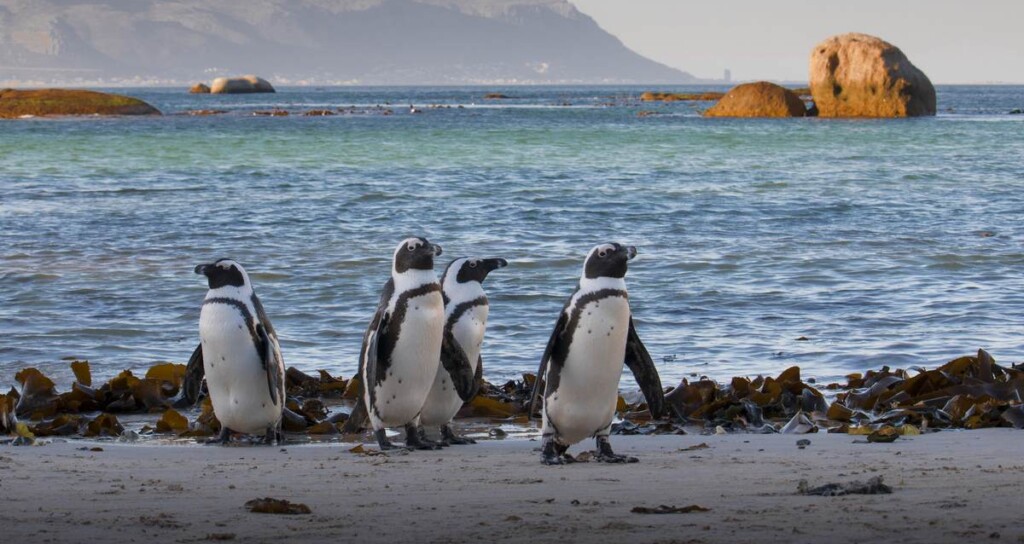
Windy Soemara/Shutterstock
Tanya Latty, University of SydneyAnts are among nature’s greatest success stories, with an estimated 22,000 species worldwide.
Tropical Australia in particular is a global hotspot for ant diversity. Some researchers believe it could hold some of the richest ant biodiversity on the planet, with an estimated 5,000 species in the tropics alone.
But if ants are so successful out in nature, why do they so often turn up in our homes and even upper-level apartments?
And what can we do to keep them out?
There’s probably an ant near you right now
Ants dominate the planet in terms of sheer abundance.
At any given moment, there are an estimated 20 quadrillion ants alive — that’s 20 followed by 15 zeros.
In fact, for every human being, there are roughly 2.5 million ants.
There are about 22,000 ant species worldwide. This one is called the Green tree ant (Oecophylla smaragdina). Tanya LattySo the short answer to “Why are there ants in my house?” is simply this: there are a lot of ants.
We live on a planet where ants outnumber us by an almost unimaginable margin. The fact that a few occasionally wander into our homes shouldn’t come as a surprise.
Ants work from home (yours, that is)
Ants owe much of their success to their highly social nature.
Within the colony, some individuals (female queens...

